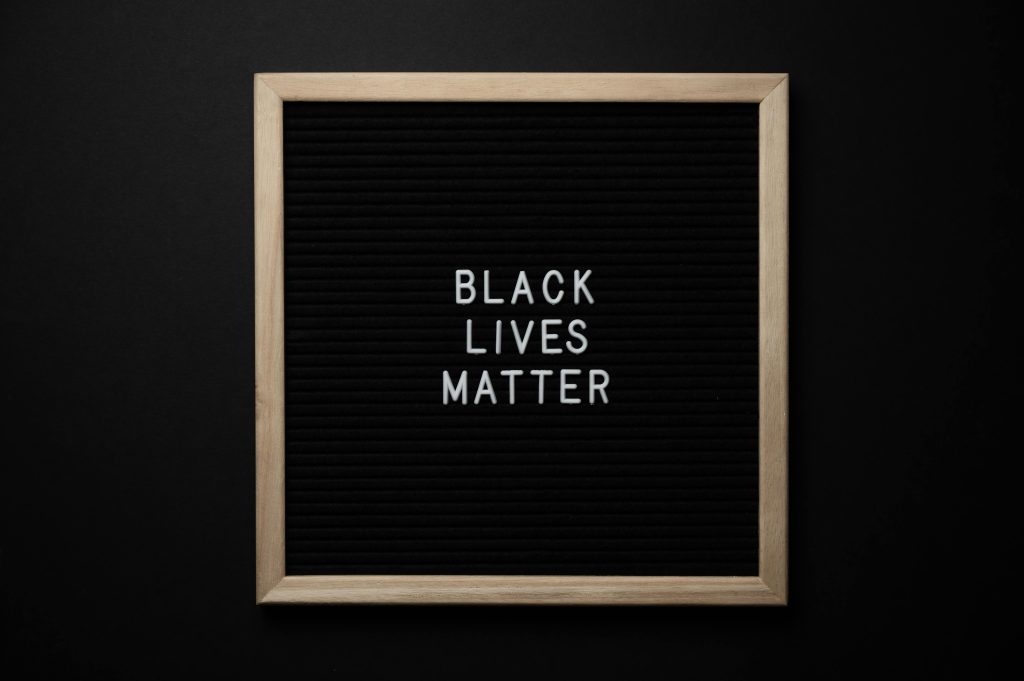Search
Can employers ban workers from wearing Black Lives Matter insignia to protest discrimination at work?

Photo by Brett Sayles: https://www.pexels.com/photo/slogan-black-lives-matter-on-black-board-4665903/
Last week, the National Labor Relations Board decided that a NON-union employer cannot require employees to remove “Black Lives Matter” (BLM) insignia from their work uniform when the BLM marking is a “logical outgrowth” of earlier group protests about racial discrimination in their workplace.
So, what happened here?
Several employees worked in the Respondent’s flooring department. As part of their work uniforms, the employees don aprons. And on their aprons, the employees wrote “BLM.”
Most people associate BLM with the murder of George Floyd. And it just so happened that George Floyd died six and a half miles from the Respondent’s store. At least one of the employees first added the marking to their apron at about the same time as the perpetrator’s trial and related protests.
However, the employees who wrote BLM on their aprons were also dealing with what they perceived as racial discrimination in the workplace. They often commiserated and complained to management about the same coworker subjecting employees and customers to racially discriminatory behavior.
Also, during black history month, a display to commemorate prominent figures in Black history and culture in the break room was vandalized twice. Although management responded, several employees found their response lacking. So, one of the employees emailed a store manager asking for a broader discussion with employees about the racial tensions at work.
After the email, a manager commented on the BLM marking one worker wore on their apron — even though that employee had worn it continuously for the prior five months. The manager (and later HR) said that the BLM initials were contrary to the dress code and apron policy’s ban on “displaying [on an apron] causes or political messages unrelated to workplace matters.” Thus, an ultimatum followed: remove the BLM initials or don’t come to work. The employee refused to remove “BLM” from their apron, explaining that the insignia referred expressly to workplace racial issues rather than the Floyd murder or any related social issue outside of the workplace.
The National Labor Relations Act protects the legal right of employees to engage in “concerted activities” for “mutual aid or protection” — whether or not a union represents them — here, prior employee protests about racial discrimination in their workplace. The employee’s conduct was also “for mutual aid or protection” because the issue of racial discrimination involved employees’ working conditions. The Respondent could not establish special circumstances that make the rule necessary to maintain production or discipline. So, employees can wear the BLM insignia.
The Board stopped short of concluding that displaying BLM in the workplace, standing alone, would support a mutual aid or protection finding. However, another case coming down the pike may be the platform for that broader ruling.
So, stay tuned…
 The Employer Handbook Blog
The Employer Handbook Blog


